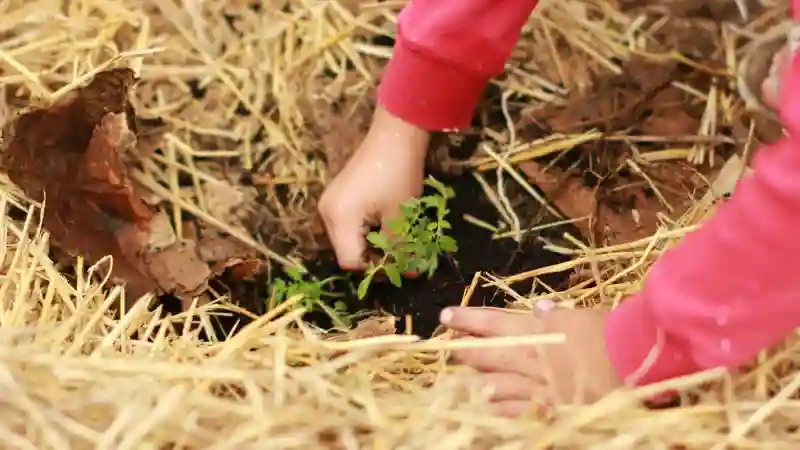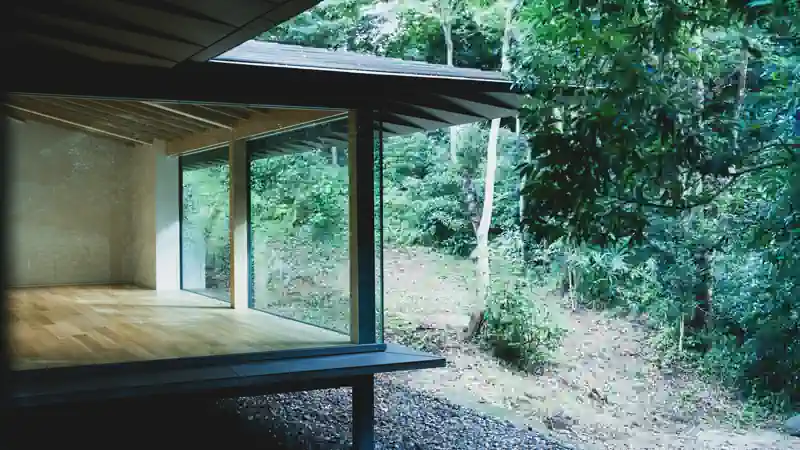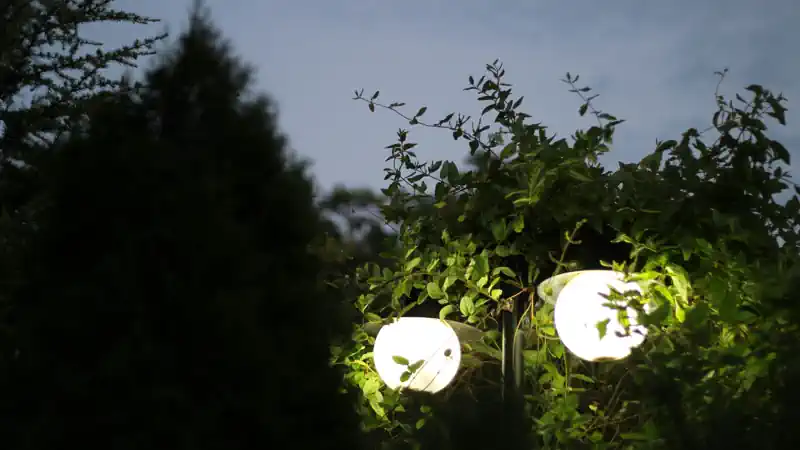Disclosure: This post may contain affiliate links, meaning we get a commission if you decide to make a purchase through our links, at no cost to you. Please read our disclosure for more info.
Creating an eco-friendly garden is an excellent way to support the environment while enjoying the beauty and benefits of nature. By focusing on sustainable practices and harnessing natural resources, you can reduce your carbon footprint and create a vibrant, thriving garden.
This guide will walk you through various strategies to transform your garden into an eco-friendly haven.
In This Post:
Embracing Renewable Energy
One of the most effective ways to enhance the sustainability of your garden is by utilizing renewable energy sources. Solar power, in particular, is a fantastic option for eco-friendly gardening.
By installing a solar generator, you can harness the sun’s energy to power garden lights, water features, and even small appliances. This not only reduces your reliance on non-renewable energy but also lowers your electricity bills.
Water Conservation Techniques
Conserving water is crucial for sustainable gardening. Start by collecting rainwater using barrels or other storage systems. This rainwater can be used for watering plants, reducing your dependence on municipal water supplies.
Additionally, consider implementing drip irrigation systems, which deliver water directly to the plant roots, minimizing wastage. Mulching around plants also helps retain moisture in the soil, reducing the need for frequent watering.
Soil Health and Composting
Healthy soil is the foundation of a thriving garden. To improve soil health, focus on organic practices such as composting. Composting kitchen scraps, garden waste, and other organic materials enriches the soil with essential nutrients and promotes healthy plant growth.
Avoid using chemical fertilizers, as they can harm beneficial soil organisms and disrupt the natural balance. Instead, opt for natural fertilizers like compost tea or worm castings.
Native Plants and Biodiversity
You may want to use more native plants in your garden to make it more eco-friendly.
Native plants don’t usually require as much maintenance because they’re better adapted to the climate where you live. They also help to support local wildlife by providing birds and insects with food.
Creating a diverse garden with a variety of plants helps maintain a balanced ecosystem and reduces the risk of pest infestations.
Pest Management Without Chemicals
Managing pests in an eco-friendly garden involves using natural methods to control unwanted insects. Encourage beneficial insects, such as ladybugs and predatory beetles, which prey on harmful pests.
You can also use companion planting. This involves growing specific plants together to help attract the right insects while repelling the problematic ones.
For example, basil is often plated to repel mosquitoes and flies. If necessary, use organic pest control methods like neem oil or insecticidal soaps.
Sustainable Garden Design
Designing your garden with sustainability in mind can have long-lasting benefits. Consider creating zones in your garden for different purposes, such as vegetable beds, flower borders, and relaxation areas. Use permeable paving materials to reduce water runoff and enhance soil health.
Additionally, incorporating vertical gardens or green roofs can maximize space and provide insulation for buildings, further reducing energy consumption.
Nurturing Your Eco-Friendly Oasis
Creating an eco-friendly garden is a rewarding endeavor that benefits both you and the environment. By embracing renewable energy, conserving water, improving soil health, and promoting biodiversity, you can cultivate a sustainable and beautiful garden.
Remember, small changes can make a significant impact, so start with one or two strategies and gradually incorporate more eco-friendly practices.




